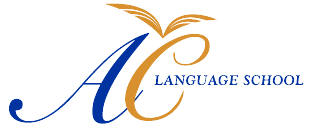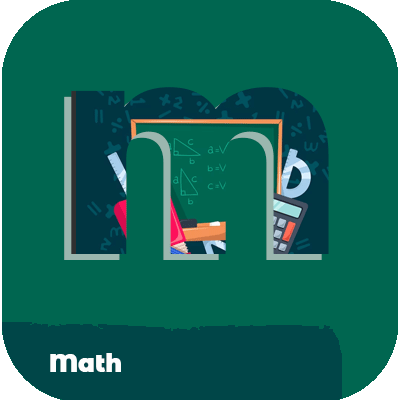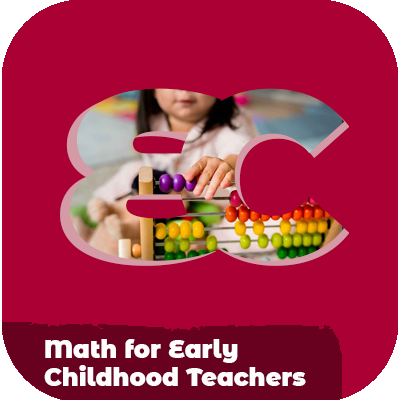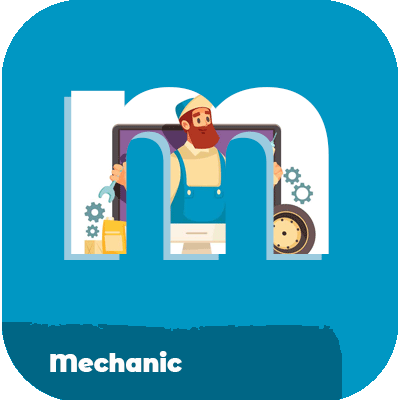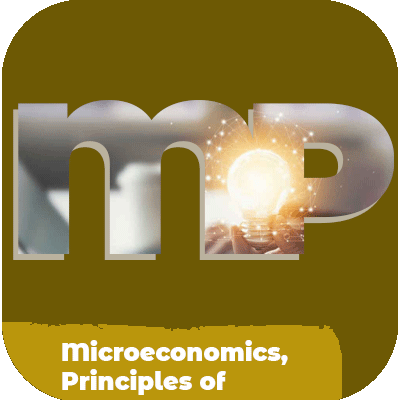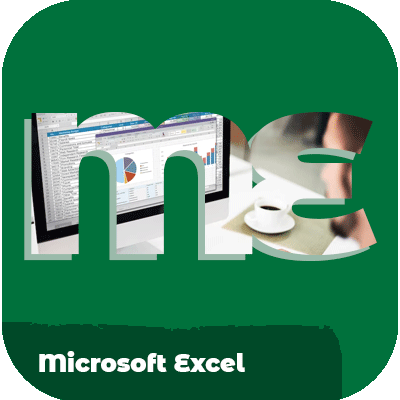Description: This course will teach you how to use all the major features of Microsoft PowerPoint so that you can create dynamic and engaging presentations. PowerPoint can be used in many different scenarios, including business presentations, sales presentations, academic lectures, and student projects. Students will learn step-by-step how to add, delete, and edit text, images, shapes, diagrams, graphs and charts. The course will show how to add these objects and customize them using themes, colors, charts and tables. We also explore themes, so that you can stylize your layouts and objects. Themes contain predesigned color schemes, but you can also create your own themes that match your preferences. In addition, we'll learn about styles, transitions, and, animations. For example, we'll cover the ways that you can animate your presentations to make them more appealing to your audience. This course will help you transform a blank page into a professional-looking document!
Learning Objectives: Students will:
- Navigate the PowerPoint interface
- Create new presentations from scratch, and from templates
- Add text, pictures, sounds, movies, and charts to your presentations
- Format the objects that you add to your presentations
- Design slides using themes, colors, and special effects
- Animate objects on slides to bring them to life
- Add special effects to slide transitions to spice up your presentations
- Work with Master Slides to make editing your presentation easy
- Add Sart-Art
- Set up slide shows and rehearse timings for your slides
Methodology: The course is designed to engage students at a basic level of mastering the understanding of PowerPoint concepts through analytical and synthesis learning.
